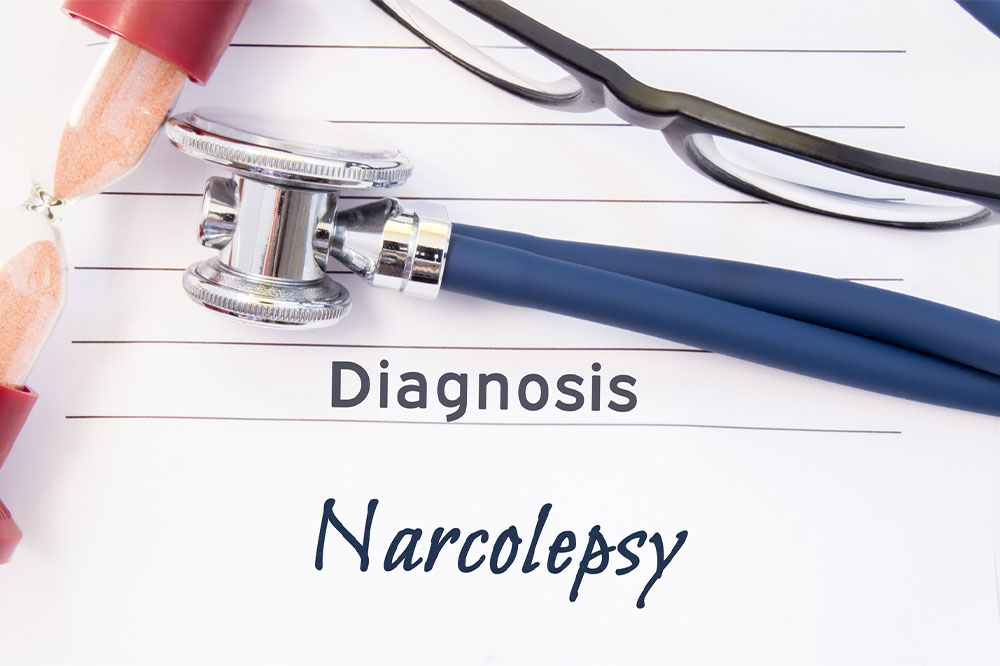
Narcolepsy – What it is, its signs, and treatments
Narcolepsy is a condition where the brain’s control over the sleep-wake cycle is affected. It is a neurological disorder that involves uncontrollable sleep during the day, causing a person to stay up all night. Uneven and interrupted sleep is also commonly observed among people suffering from narcolepsy. Sadly, this behavior is often misunderstood, leading to complications in personal and professional lives. This condition affects one among 2000 people and is classified as rare.
What is narcolepsy?
Known by multiple names, such as Gelineau’s syndrome and hypnolepsy, narcolepsy is a sleep disorder characterized by excessive attacks of drowsiness throughout the day. A person diagnosed with narcolepsy may experience several episodes during a single day, and though it may last only for a couple of minutes, the difference in frequency and intensity makes it quite challenging to manage.
Some may also find it difficult to get enough sleep during the night, as the brain is unable to balance sleep and wakefulness. An average person would typically enter the early stages of sleep initially, after which they transition to deep sleep and about 90 minutes later into rapid eye movement (REM) sleep. However, those with narcolepsy tend to get into REM sleep as soon as they fall asleep or even when they are awake.
Types of narcolepsy
Below are the two types of narcolepsy that have been identified in those with this condition:
- Narcolepsy Type 1
Previously known as narcolepsy type 1 with cataplexy, this type is mainly characterized by loss of muscle tone. It is also associated with a decrease in hypocretin-1, which controls wakefulness in the human body. Though everyone may not experience loss in muscle tone (cataplexy) initially, people diagnosed with this condition will eventually observe it. - Narcolepsy Type 2
Often observed without cataplexy, this condition can make people feel excessively drowsy during the day, but they will have normal levels of hypocretin-1. About 10 percent of people with narcolepsy type 2 can develop cataplexy and low hypocretin later. Hence, the diagnosis will be reclassified to narcolepsy 1.
Signs and symptoms associated with narcolepsy
The symptoms exhibited by narcolepsy vary significantly among people. Some may experience mild forms of this condition, especially during adolescence, and this may remain unchanged for a long time. The condition could take years to progress.
The severity is what affects most people, as it can be unpredictable, leading to a negative impact on the overall quality of life. Some of the major symptoms of narcolepsy include:
- Excessive drowsiness that lasts throughout the day
- Falling asleep while talking, eating, and during other routine activities
- Constantly interrupted sleep at night
- Cataplexy and tiredness
- Hallucinations during the initial stages of sleep and at the end of it
- Sleep paralysis is also experienced while waking up or before sleep
Factors that cause narcolepsy
Hypocretin is an important chemical responsible for regulating the sleep cycle and amplifying signals in the nervous system. People affected by narcolepsy have low levels of hypocretin, and most individuals may have lost around 80-90 percent of neurons that produce hypocretin in the brain.
Apart from that, gene disorder is another major factor closely linked with narcolepsy. Genetic predisposition, especially certain genes associated with the immune system, also contributes to narcolepsy. Sadly, the factors related to narcolepsy type 2 still remain unknown.
Diagnosis
A comprehensive physical examination and thorough study of medical history are required to initiate the diagnosis of narcolepsy. The doctor may also consult with the patient’s family members to understand the sleeping habits and the nature of narcolepsy evident in the patient.
Sleep records will be analyzed to track relevant symptoms and family history, as narcolepsy in family members and close relatives can also cause the condition. Apart from these, specific tests such as polysomnogram (PSG) and multiple sleep latency tests (MSLT) are often performed in sleep labs to measure sleep patterns and problems that occur during sleep.
Treatment
Though there is no actual cure for narcolepsy, specific lifestyle changes and prescriptions by a specialist can help alleviate the symptoms of narcolepsy. This includes reducing the consumption of caffeine, alcohol, and tobacco products. Moreover, eating comparatively small amounts of food during the day can help.
Certain stimulants and antidepressants may also be prescribed to treat excessive drowsiness and issues with REM sleep. Alt hough these treatment plans efficiently reduce the intensity, narcolepsy is a lifetime condition that may not be eliminated.




